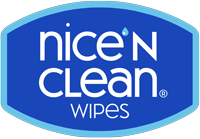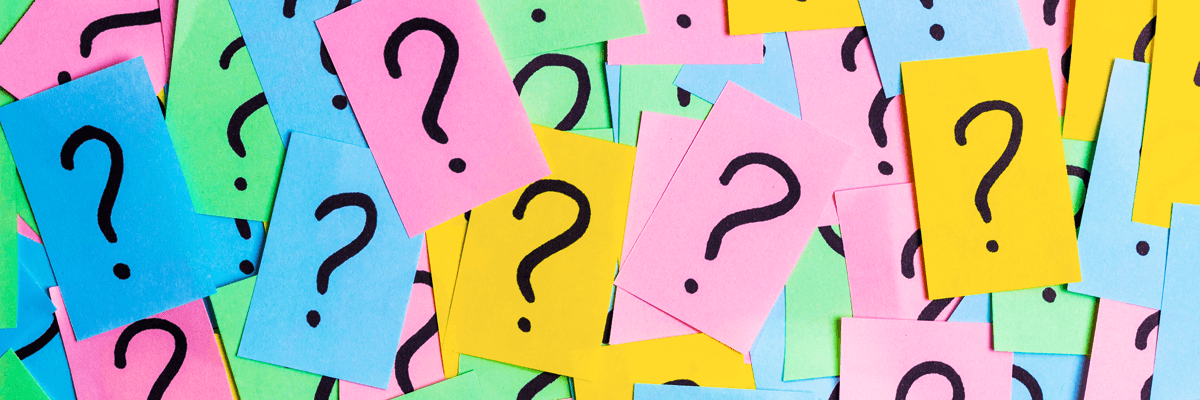Flushable Wipes: Answers to the Most Common Questions
Are you thinking about giving flushable wipes a try? Wondering how they compare to toilet paper? Concerned about their impact on your septic system?
We have all the answers to your questions! Check out the most commonly asked questions about flushable wipes so you can determine whether they’re a good choice for you and your family.
What are flushable wipes?
Flushable wipes are also commonly called moist toilet tissue. It’s exactly what it sounds like — toilet paper that is moist. Flushable wipes are a cloth-like wipe that contains a cleansing formula. The ingredients for the wipe itself and the cleansing solution vary by brand so it’s important to read the package before purchasing.
In general, you’ll want a flushable wipe that is plastic-free and made of plant-based natural fibers. In addition to being better for the environment, it also means the wipe can break down faster after being flushed so it won’t cause any clogs.
There are many types available on the market, with different features to consider, such as:
- Fragrance vs. fragrance-free (unscented)
- Textured vs. smooth (untextured)
- Wipe size
- Packaging size
- Biodegradability
What ingredients are used in flushable wipes?
Ingredients for the cleansing solution in flushable wipes typically include:
- Moisturizers such as aloe and vitamin E
- Sodium benzoate: helps prevent the growth of bacteria and fungus
- Polysorbate 20: a wetting and emulsifying agent that helps improve the texture, feel, and scent
- Disodium phosphate: a buffering agent that helps keep oil-based and water-based ingredients from separating
- Citric acid: helps maintain the skin’s natural pH balance
- Fragrance: helps provide a fresh scent
Even though it’s pretty standard now, when reviewing the packaging, make sure the flushable wipes are free of parabens and phthalates.
Should flushable wipes be used with toilet paper? Or in place of toilet paper?
Both options are okay! Here are some common wiping habits to consider:
- Only using moist toilet tissue to wipe and clean
- Using moist toilet tissue first to clean, then using toilet paper to pat the area dry afterward
- Using dry toilet paper to wipe, then following up with a flushable wet wipe for a more thorough clean and a refreshing feeling
No matter what you choose, experts agree that including a wet element to your bathroom cleaning routine provides more effective and thorough cleaning. The “wet element” can be in the form of a bidet or moist toilet tissue and it helps ensure complete and gentle removal of bodily waste and bacteria from your skin.
LEARN MORE: Why Using Moist Toilet Tissue is Healthier than Using Toilet Paper
Are flushable wipes really flushable?
In short, not all flushable wipes are truly flushable or safe for septic tanks. Therefore, it’s important to check the packaging to make sure the flushable wipe is septic safe.
Ways to ensure a brand is truly flushable is to review the ingredients. The wipe itself must be 100% plastic-free and made of natural fibers so they break down in water and don’t cause clogs.
The next question goes into more detail about the impact of flushable wipes on septic systems.
Are flushable wipes safe for septic systems?
Flushable wipes must immediately start breaking down in water in order to be safe for septic systems. In order for this to happen, they must be plastic-free and be made from natural plant-based fibers.
An added feature you can look for is biodegradability. Biodegradable flushable wipes are even more septic-safe [1]. For example, Nice ’N CLEAN® SecureFLUSH™ Technology Flushable Wipes are made from biodegradable [2] plant-based fibers so they break apart in water 5 times faster than the leading toilet paper does. You can flush up to 5 wipes at a time (standard flushable wipes must be flushed one at a time). They have been thoroughly tested and have passed widely accepted flushability guidelines and requirements.
Are baby wipes flushable?
Unless clearly stated on the packaging, always assume baby wipes are NOT flushable. One of the reasons wet wipes have a bad rap for clogging pipes is due to baby wipes being flushed, not due to flushable wipes being flushed.
Many brands of baby wipes contain plastic, which is why it’s very important they are thrown into trash cans after use.
LEARN MORE: 40 Surprising and Unexpected Ways to Use Baby Wipes (for Adults!)
Can flushable wipes be used on your face and other body parts?
While flushable wipes are designed to wipe and clean waste after using the restroom, it is safe to use them on other body parts. Since flushable wipes are hypoallergenic and gentle on the delicate and sensitive skin in your nether regions, they are also gentle on other areas of your body.
Are flushable wipes biodegradable?
Not all flushable wipes are biodegradable. It’s important to check the packaging and ingredient list to confirm whether a flushable wipe is biodegradable. An example of a biodegradable flushable wipe is Nice ’N CLEAN® SecureFLUSH™ Technology Flushable Wipes. They are made with 100% plant-based biodegradable fibers and break apart in water 5 times faster than the leading toilet paper does. You can flush up to 5 wipes at a time without needing to worry about clogging pipes.
Still on the fence?
Those who use flushable wipes enjoy using them because they offer a more gentle and soothing wiping experience, as well as a more thorough cleaning. If you haven’t yet tried them, the Nice ’N CLEAN® brand is a great brand to consider. In addition to flushable wipes, the Nice ’N CLEAN® brand also offers disinfecting, hand, baby, and lens wipes -- developed to serve all the needs of your family.





